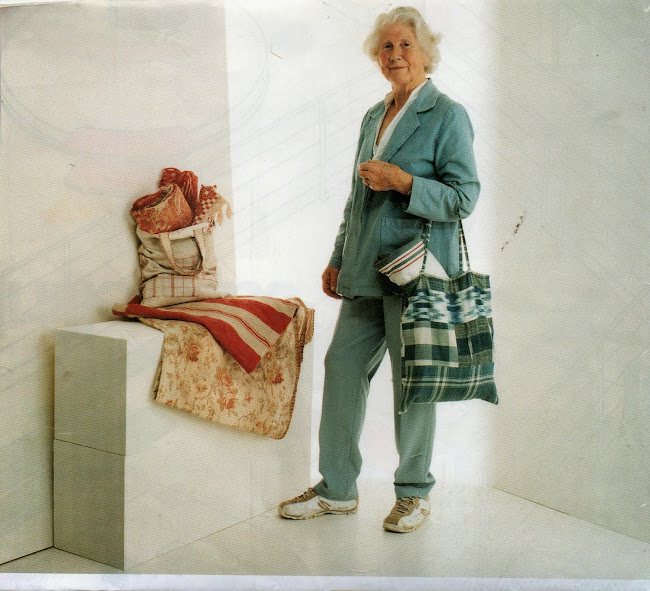 |
| My Regency period Irish linen cupboard now empty and now SOLD |
Tuesday 17 March 2015
NAPERY and LINEN
Napery is an old-fashioned word for table linen in all its forms. This was an office, like others for laundry and other domestic duties, in large households, in medieval and later dates. The folding and arrangement of table linen was a serious business and all kinds of creations to decorate the centre of the table were made for the guests' enjoyment. Some were very elaborate in the form of birds and animals with extra parts and pieces added to make centrepieces for banquets and feasts. The napkins, similarly, were worked and shaped into elaborate designs and the tablecloths were often pleated in different ways to hang in folds from the edges of the table - if you look at some of the Tudor portraits you can see this, and some of the pictures of the Last Supper show fine pleating of the cloth all round the table. We are all familiar with the tern 'linenfold panelling' and the origin is obvious. In French households, the linen was often only washed in the Spring and later in the Autumn. - an army of travelling launderers dealt with the washing, rinsing, and drying on the green grass, before ironing and folding it all away, sweet and clean. The French Royal Court at Versailles actually sent all their laundry by coach to Holland where they had so much pure clean water and clean grass banks (unlike the muddy rivers, full of dirt and waste products near most French cities,), and thought that their linen was the whitest in the land. These arduous and lengthy processes meant that the big and grand households had to have enormous stores of clean linen in their houses and there were huge wardrobes and cupboards in special rooms devoted to their collections of linen. Some of the large farmhouses also had amazing stores of handed -down family linen, and every dowry was added to the stacks. Some of the linen was in rolls; tea towels, napkins, face towels etc. ready to be cut up and sewn by hand when household chores were done, and initials and numbers were then added, with the tapes for hanging on a hook. Sometimes I would buy completely unused bundles of nightdresses still in their brown paper or blue sugar paper tied with fine hemp string , either outgrown with too many pregnancies or just surplus. These usually came from the convents where the nuns undertook the sewing of the girls' dowries. I once bought 72 all identical in a tiny size and thought of a sad story to go with them.
I was recently on a fascinating special textiles tour of the house at Longleat, the home of the Marquis of Bath, and our expert guide showed us some of the linen stores - it was a truly wonderful sight to see the dazzling white sheets, all with beautifully worked monograms and crowns, piled high on every shelf, all tied up in pairs with pale blue ribbons. I remember them in much greater detail than the very sumptuous other textile treasures that we saw that day.
I have always had a good stock of fine French linen, sheets, pillow cases and hand towels in the very finest cloth with wonderful lace and embroidered frills and insertions, and I am finding that there is a new interest in these heirloom pieces - proud housewives are arranging their best spare bedroom to show these off and combine them with old patchwork quilts, lacy bedspreads to give pleasure to their guests. I have recently had many enquiries from overseas from my Website readers and they too, are thinking they must acquire some good pieces before they completely disappear from the market. I have now sold out of all these lovely pieces of linen and closed my linen stores - now empty!
Subscribe to:
Post Comments (Atom)



Another wonderful post - thank you, am just going to get into bed with lovely old linen sheets and embroidered pillow cases all bought here in Brittany - going to bed is therefore always a treat.
ReplyDelete